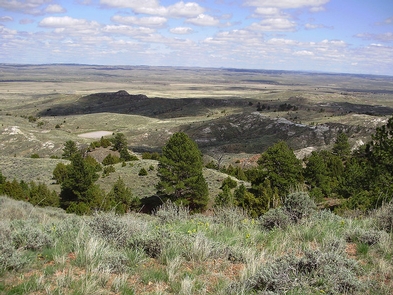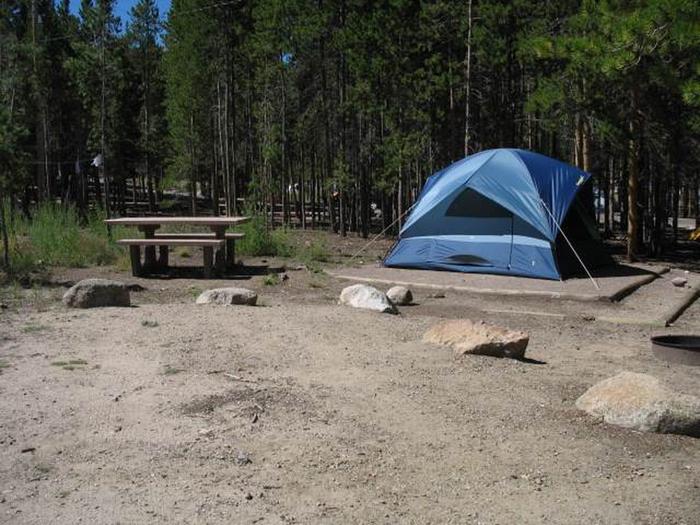Directions
The Wilderness area is located at the Northern portion of Sanibel Island. It can be accessed from the Wildlife Drive and includes the lands and waters within the estuary.
The best place to start your visit is the FREE Visitor & Education Center! It is open daily from 9 a.m. to 4 p.m. from May 1 to December 31. From January 1 to April 30 it is open from 9 a.m. to 5 p.m. Parking is FREE. The Center is handicap-accessible and is full of educational displays, videos, interactive programs, volunteers to answer all of your questions, and a Nature Gift Store. Holiday closures include: New Year’s Day, Memorial Day, Independence Day, Labor Day, Columbus Day, Veterans Day, Thanksgiving Day, and Christmas Day.
Phone
(239) 472-1100
Activities
WILDERNESS
Camping Reservations
Reserve your campsite at these camping areas:
Hiking Trails
Looking for nice hiking areas to take a hike? Choose from these scenic hiking trails:
Related Link(s)
J.N. Ding Darling National Wildlife Refuge
The J.N. “Ding” Darling Wilderness now contains a total of 2,619 acres and is managed by the Fish & Wildlife Service’s J.N. Ding Darling National Wildlife Refuge. All of the Wilderness is in the state of Florida. In 1976 the J.N. “Ding” Darling Wilderness became part of the now over 110 million acre National Wilderness Preservation System.
The northern portion of the 6,400-acre refuge is a mass of mangrove islands designated as J. N. “Ding” Darling Wilderness. The Wilderness encompasses 2,619 acres. Scenic Wildlife Drive provides access along the southern edge of the Wilderness, where you can expect summer temperatures in the 90s and winter temperatures in the 70s. Humidity is almost always high, and afternoon rain showers are common in the summer. Mosquitoes and no-see-ums can be abundant at times, especially in the summer. Other residents include alligators, raccoons, bobcats, river otters, and marsh rabbits. Creatures for whom the refuge was established include such migratory birds as ospreys, brown pelicans, moorhens, ducks, herons, egrets, anhingas, wood storks, and roseate spoonbills. Motorized boating is allowed in designated areas. Kayaking, canoeing, and sportfishing is allowed throughout the open water areas of the Wilderness. Public access is restricted in designated closed areas and bird rookeries.
Jay Norwood “Ding” Darling, the Pulitzer Prize-winning cartoonist, helped pioneer the conservation movement, serving as head of the U.S. Biological Survey (forerunner of the U.S. Fish and Wildlife Service), creating the Federal Duck Stamp Program, starting the Cooperative Fish and Wildlife Research Unit Program, and providing strong support for the expansion and administration of the National Wildlife Refuge System. Today, more than half of the 12-mile subtropical barrier island called Sanibel Island has been protected and bears witness to the legacy of the conservation visionary J. N. “Ding” Darling, through the National Wildlife Refuge named in his honor and the private conservation foundation he inspired.





